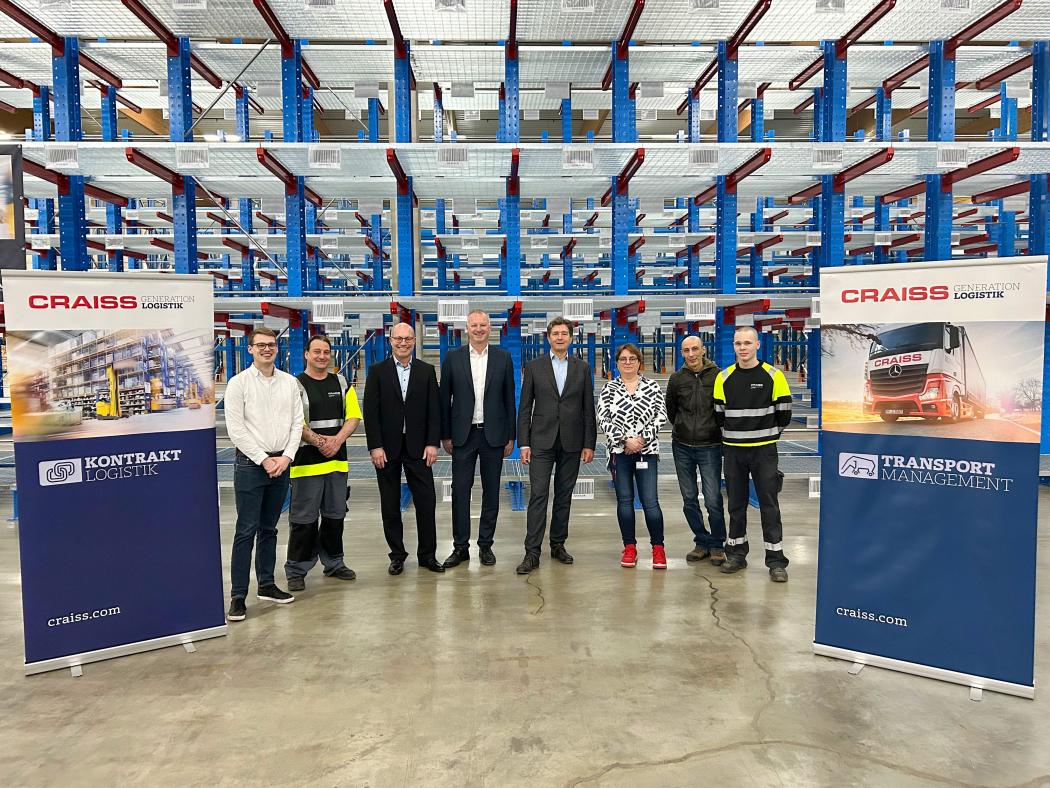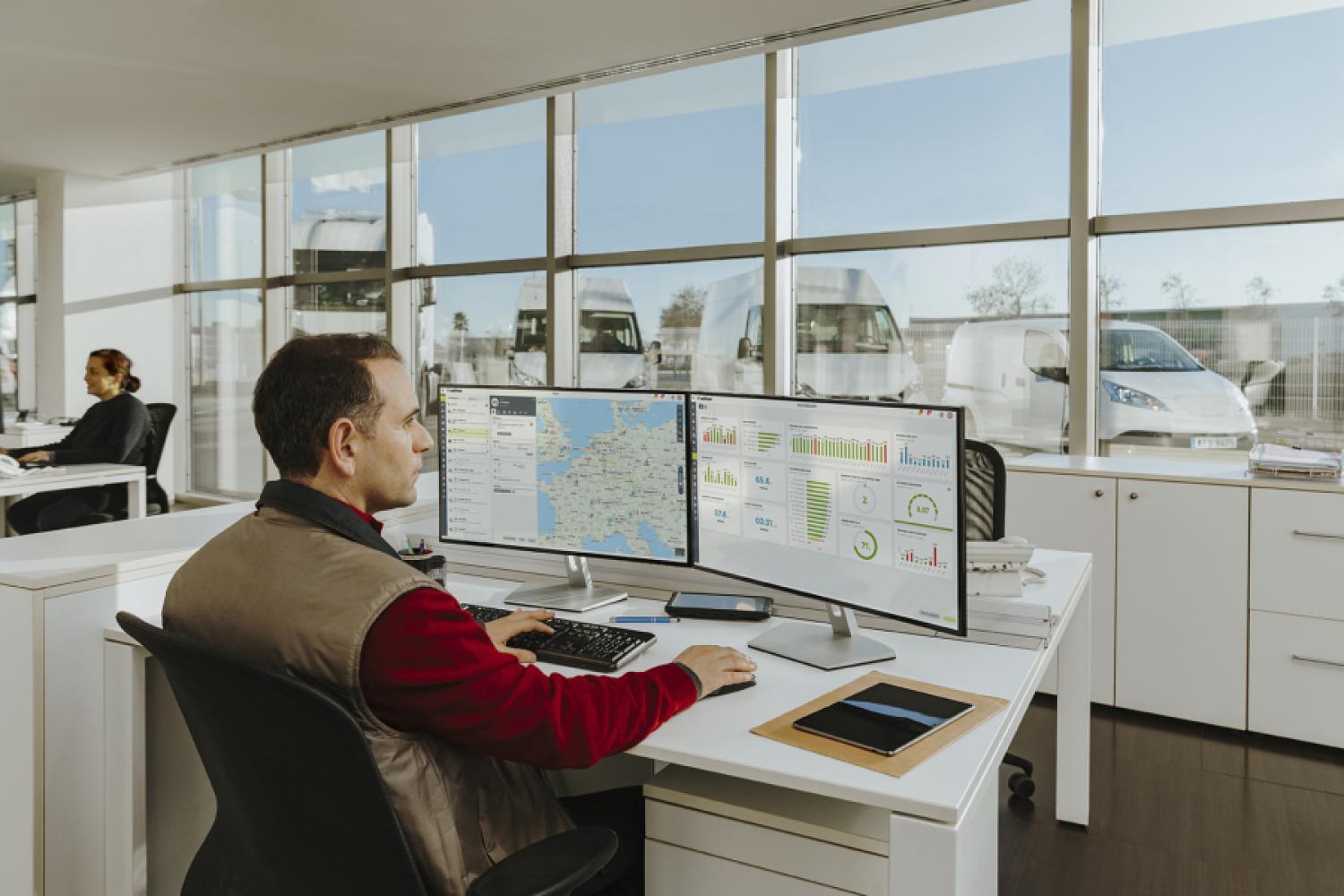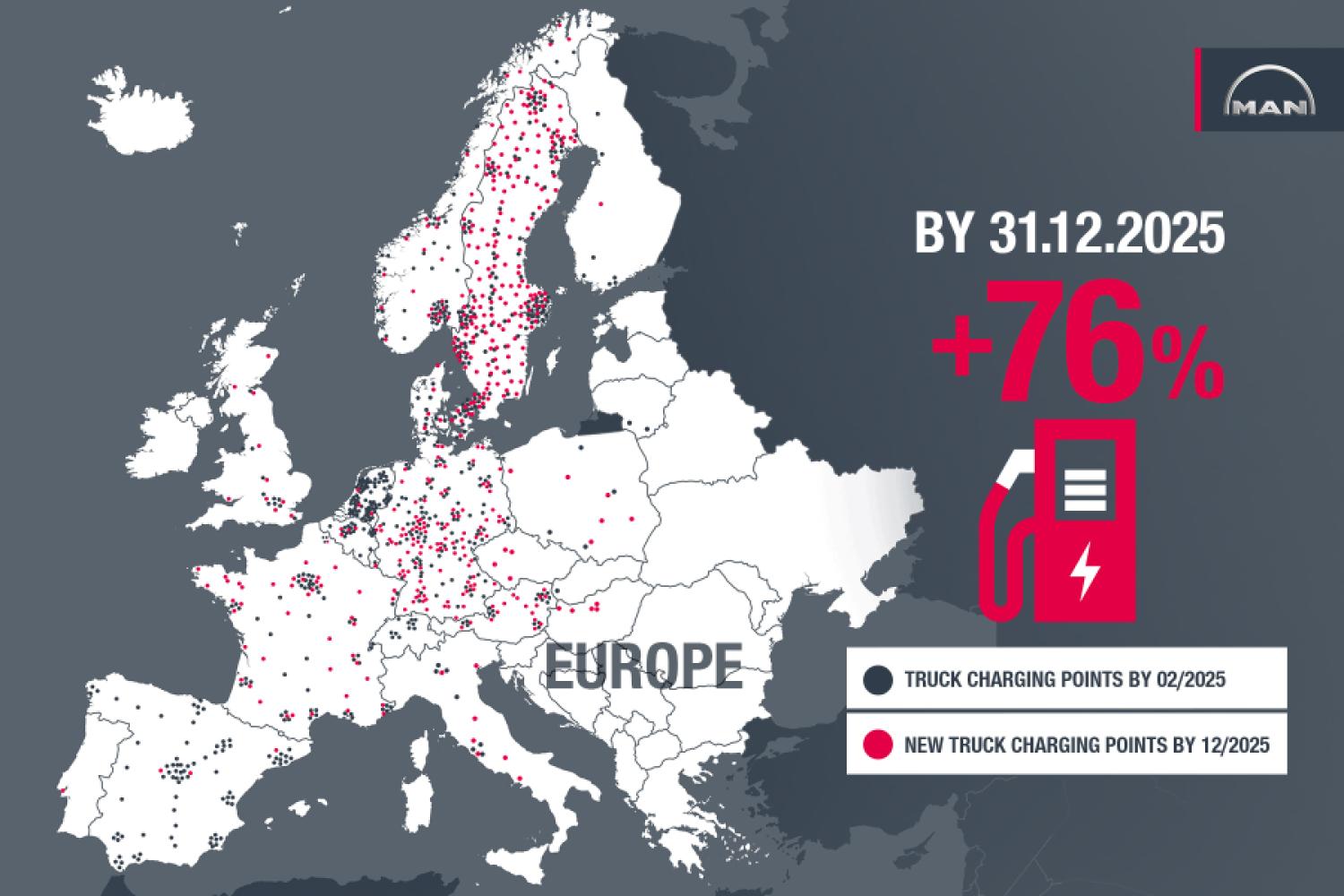Craiss Generation Logistics is strengthening its presence in the southern German region and is further expanding its activities in the field of production logistics. As the company, headquartered in Mühlacker, announced on April 22, 2025, it is setting up two new logistics locations in Munich and Augsburg. The phased commissioning of both facilities is expected to be completed by the end of 2025.
The basis of the expansion is a strategic collaboration with a leading manufacturer in the mobility sector. According to Craiss, the Munich site is to be directly integrated into production supply. The new site in Augsburg serves as an external logistics center with comprehensive storage and transshipment infrastructure. With this setup, Craiss aims to respond to the increasing production demands of its customer and at the same time create a closer connection to its production.
Michael Craiss, managing partner, classifies the measure as part of a long-term strategy:
“With the new locations, we are continuing our successful strategy in the field of production logistics and creating an efficient connection to our customer's production.”
According to the information provided, the decision for Augsburg was made based on economic and logistical considerations. Craiss has taken over two existing halls there, which already have modern warehouse technology. The development is happening in two phases. The first hall, with 10,000 square meters, is currently being implemented, and initial test goods are already being received. The full-scale operation with 20,000 square meters of usable space is expected to be achieved by the end of 2025.
Michael Mantel, Head of Project Development at Craiss, emphasizes the choice of location:
"Munich is an expensive market - this is true for residential space as well as for logistics properties. The pricing conditions make relocation to nearby locations like Augsburg economically sensible."
The good connection to the A8 motorway supports a cost-efficient and flexible supply to the plant in Munich.
The concept of an outsourced logistics center is not new for Craiss. In Ebergassing (Austria), the company already operates a 40,000 square meter logistics center for the same customer. According to Mantel, the experiences gained there are directly incorporated into the current project.
In Munich, Craiss takes on central tasks of production logistics. These include goods receipt, storage, and just-in-time delivery of raw construction components. The use of crane technology is also planned to safely move large-format components.
Augsburg acts as a preliminary hub for material management and delivery control. The supply to the Munich plant is carried out via a shuttle system with trucks. Several times a day, they deliver picked goods to the plant on demand. Craiss also takes care of internal distribution on site.
Mantel points out the special requirements in the railway industry:
“Here we are talking about deep integration of material management into the process landscape of our customer. Especially in the railway industry, the logistical requirements are particularly high – from punctual delivery to strict safety and quality standards.”
A central element of the solution is the safe handling of complex components. The range of parts extends from small parts to components up to 23 meters long for passenger train cars, locomotives, and control cars. These include interiors, electronics, chassis, doors, and transitions. To meet these requirements, Craiss invests in specialized material handling equipment and crane systems.
In parallel with the infrastructure expansion, the company is gradually increasing its staff. In the long term, around 75 employees are expected to be employed at both locations. Craiss announces that it will continue to flexibly expand its capacities in the future to support industrial customers according to their needs.
Michael Craiss summarizes the concept as follows:
“Through our proven concepts and close coordination with our customer, we create a highly integrated logistics solution that ensures both efficiency and process security.”






